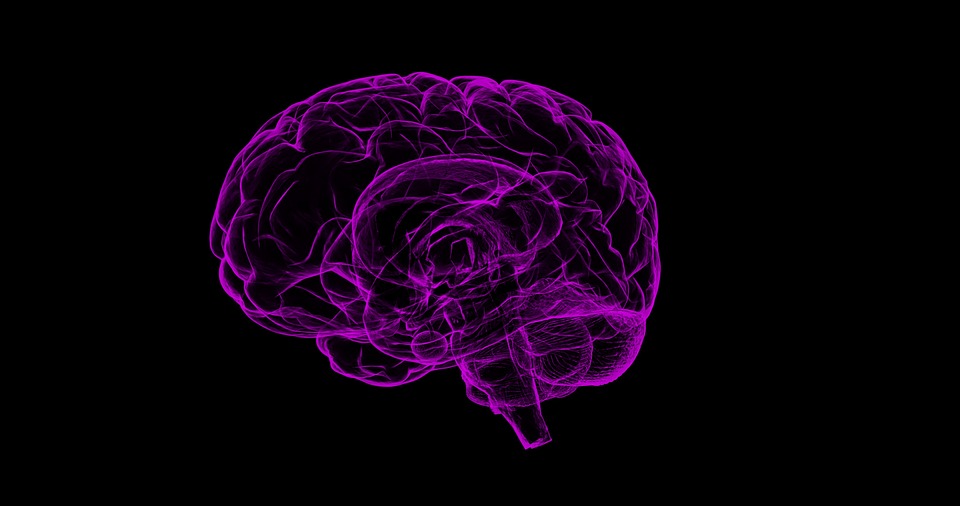New Technique: Researchers Model The Entire Brain To Understand Addiction And Recovery

Researchers used a novel approach in which they modeled the full neural networks as opposed to studying certain regions of the brain in order to get a deeper comprehension of the process of addiction remission.
In the United States, the use of illicit drugs is the leading contributor to the premature death of those aged 25 and under. Deep brain stimulation is one of the techniques that has the potential to assist patients in breaking free from their addictions; nevertheless, there are still many questions that need to be answered about which portions of the nervous system should be targeted by such operations.
The most recent research contributes to the growing body of knowledge obtained from people who, as a result of having a stroke or another kind of brain damage, no longer have an addiction to nicotine.
What did the study find?
They were able to identify remission prospects by focusing on brain circuits as opposed to particular regions of the brain, and they are excited to put these possibilities to the test in clinical investigations. The number of treatment options that are now accessible is rather limited, despite the fact that our understanding of the brain roots of addiction is expanding. According to the researchers, the results with essential tremors helped them appreciate the potential of this technology to uncover the brain circuits in the human brain that influence improvements in symptoms.
The researchers compared the lesions found in persons who were unable to kick their smoking habit to those that were found in people whose smoking addictions were successfully treated by the technique. Researchers have identified a specific neural pathway in the brain that may be responsible for the cessation of nicotine addiction. Further clinical studies and research into additional compounds that may be addictive are needed to see if their findings may be widely applied.
In a later alcoholic lesion database, researchers identified proof of a therapeutically targetable brain mechanism for addictive behavior generally, rather than addiction to a single substance. This study’s authors are well aware of two fundamental problems with their work. On top of that, the research relies entirely upon previously obtained data, and only on a limited number of regularly used medications to draw its conclusions.
0 comments